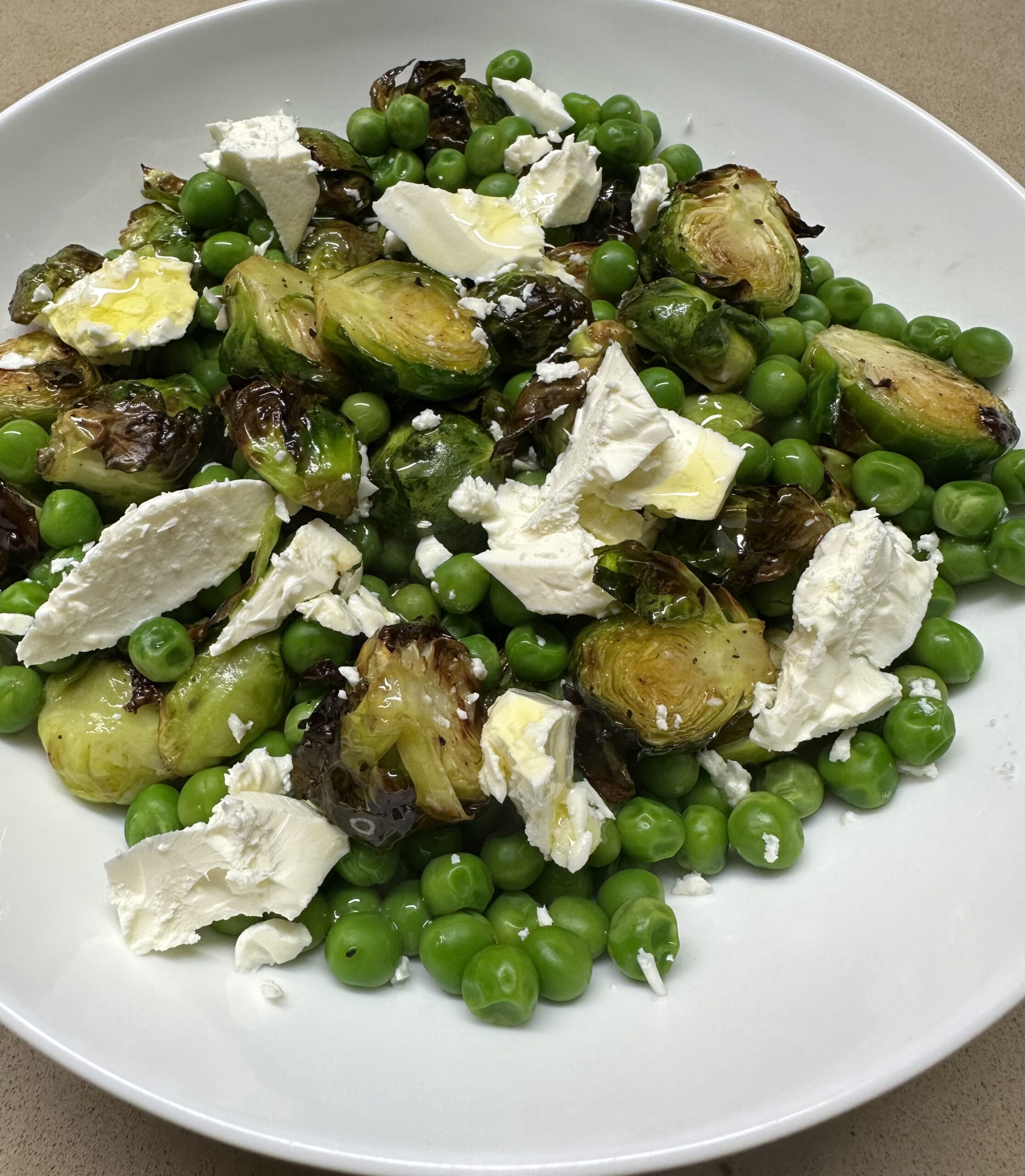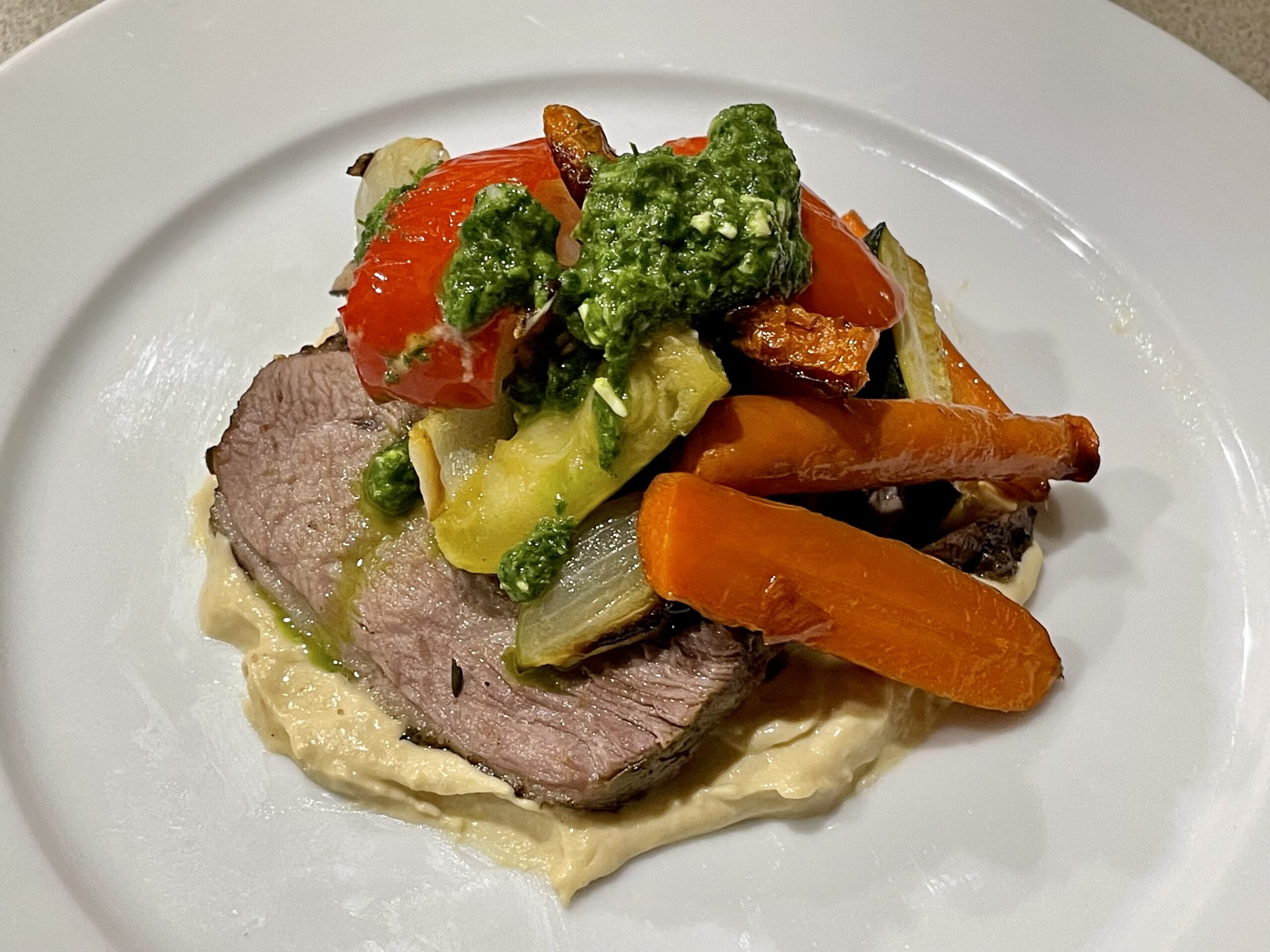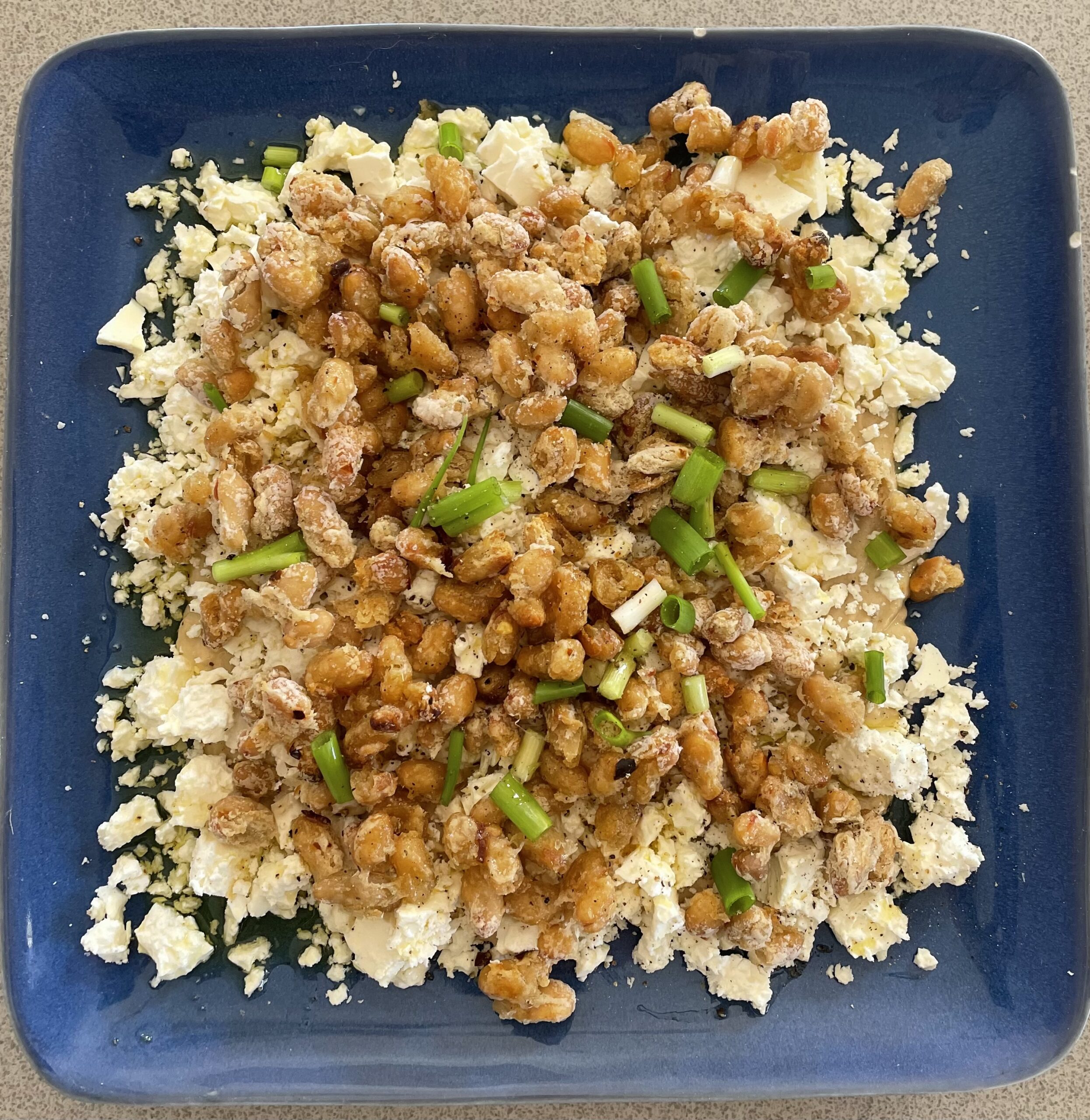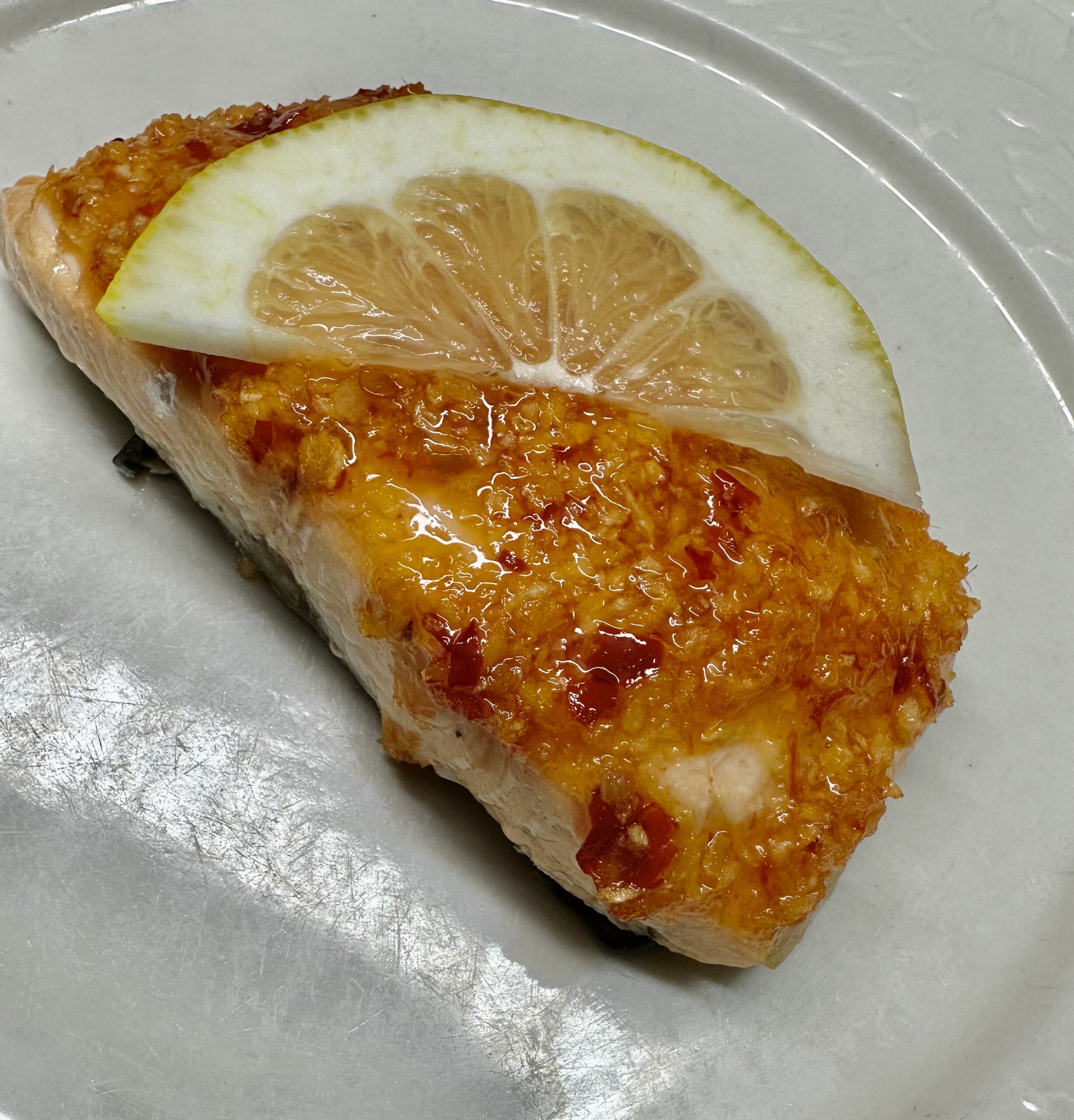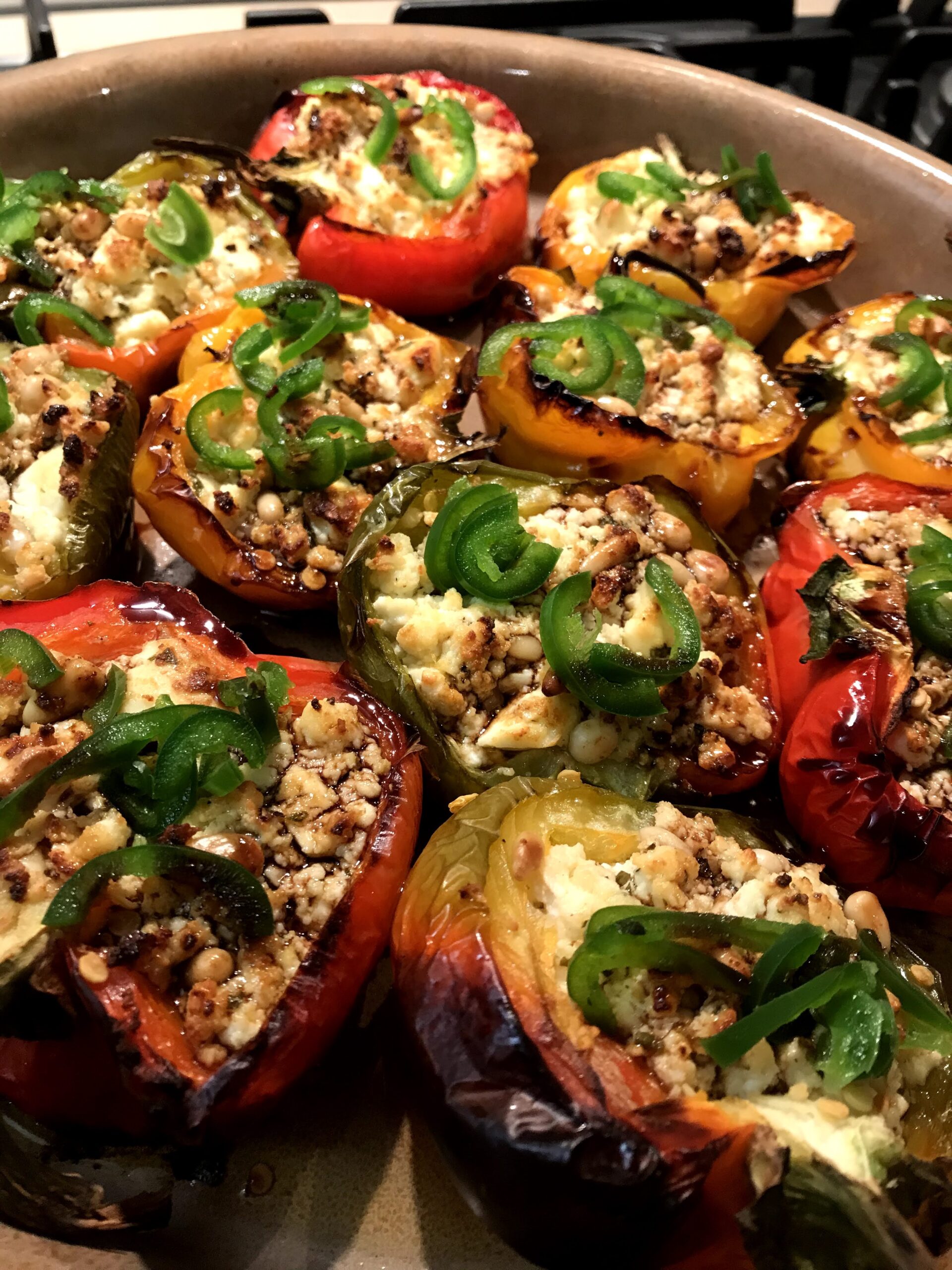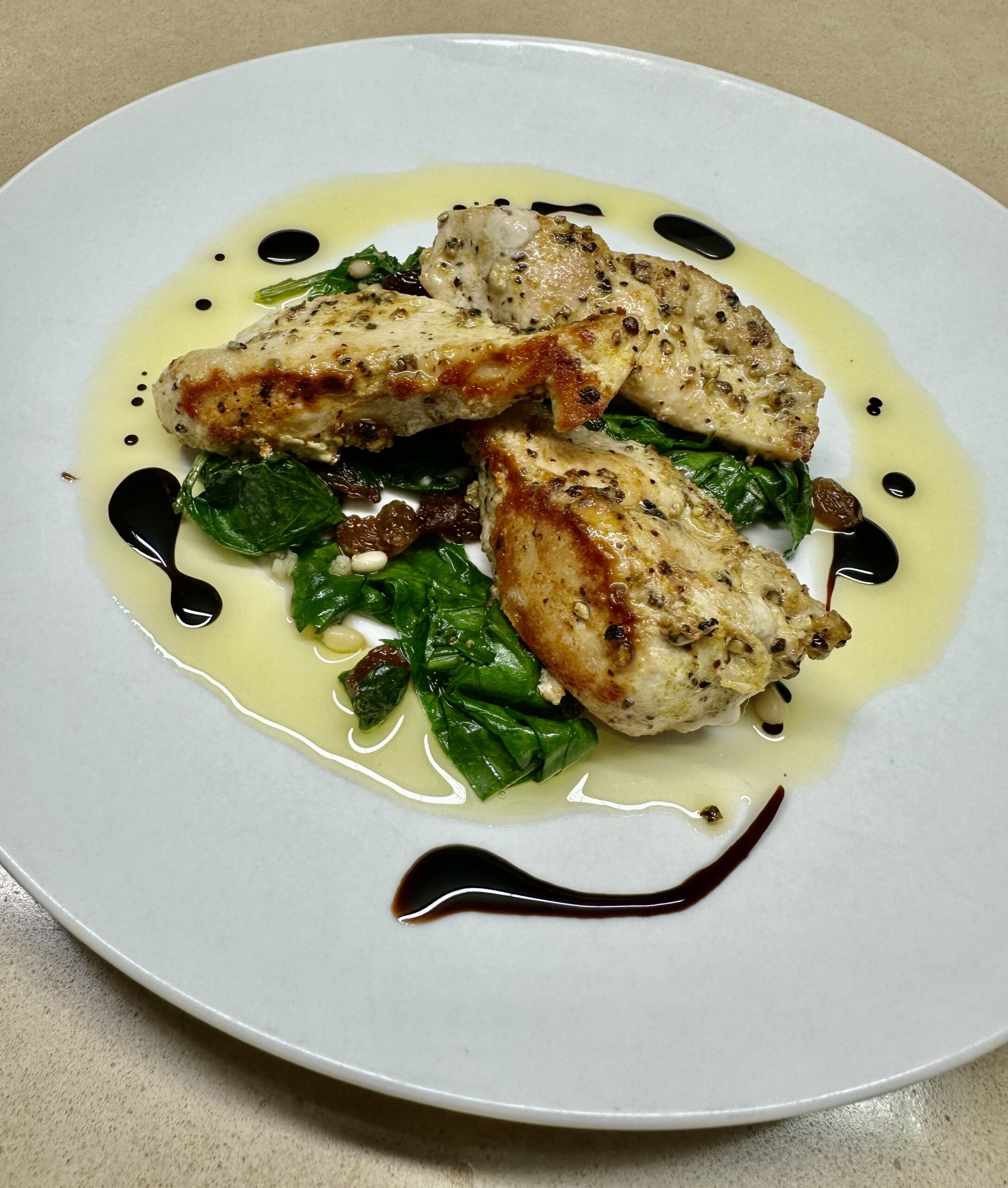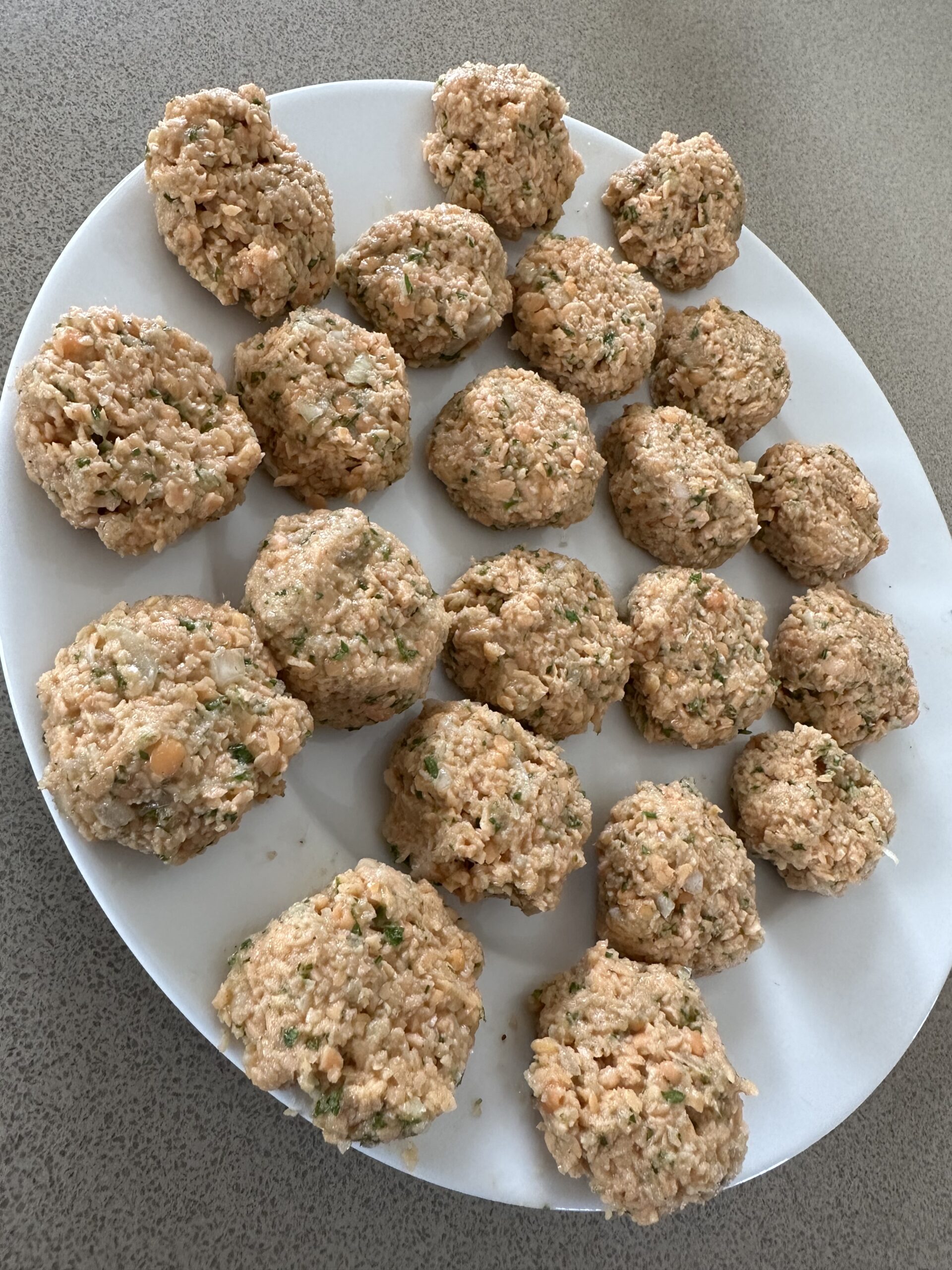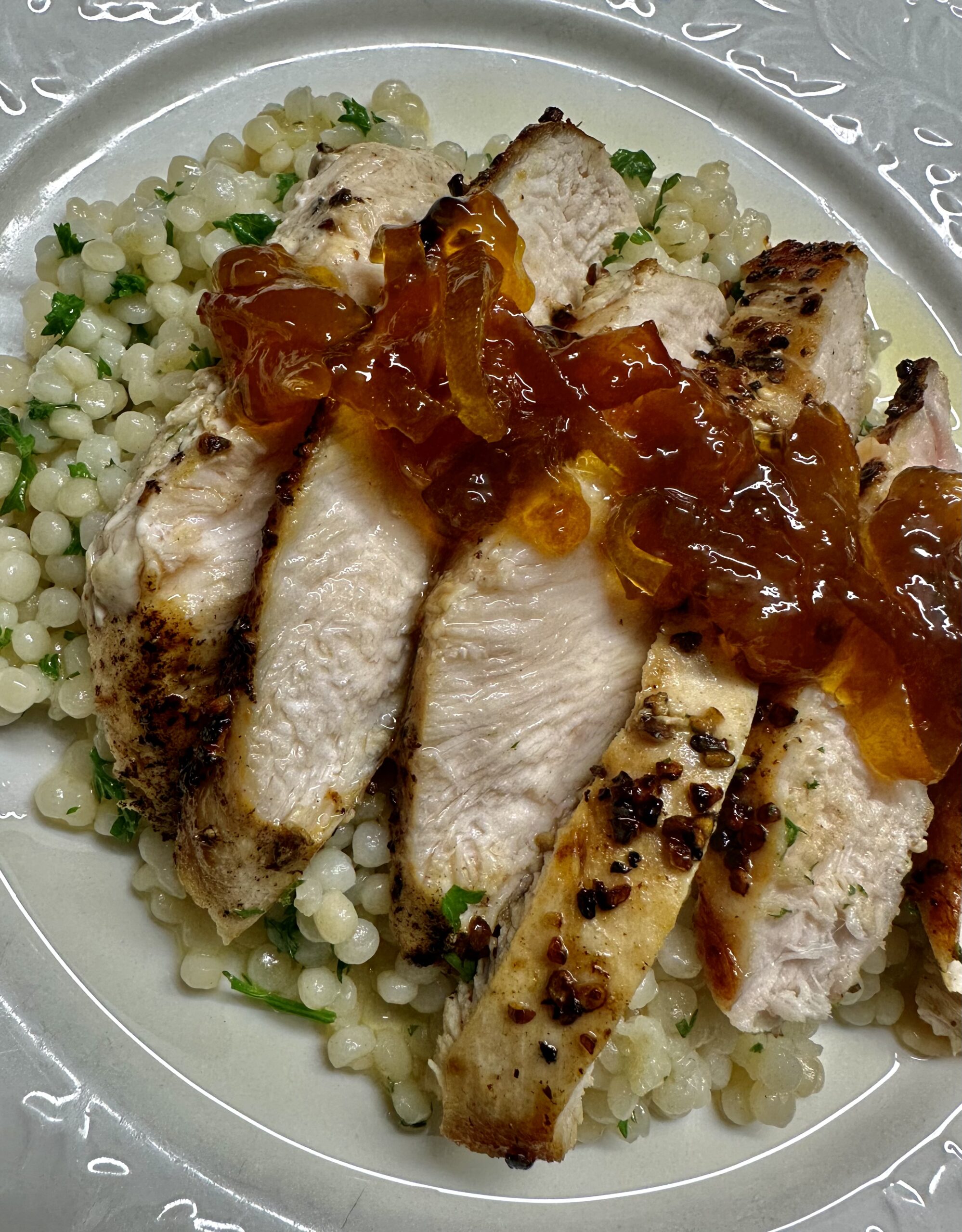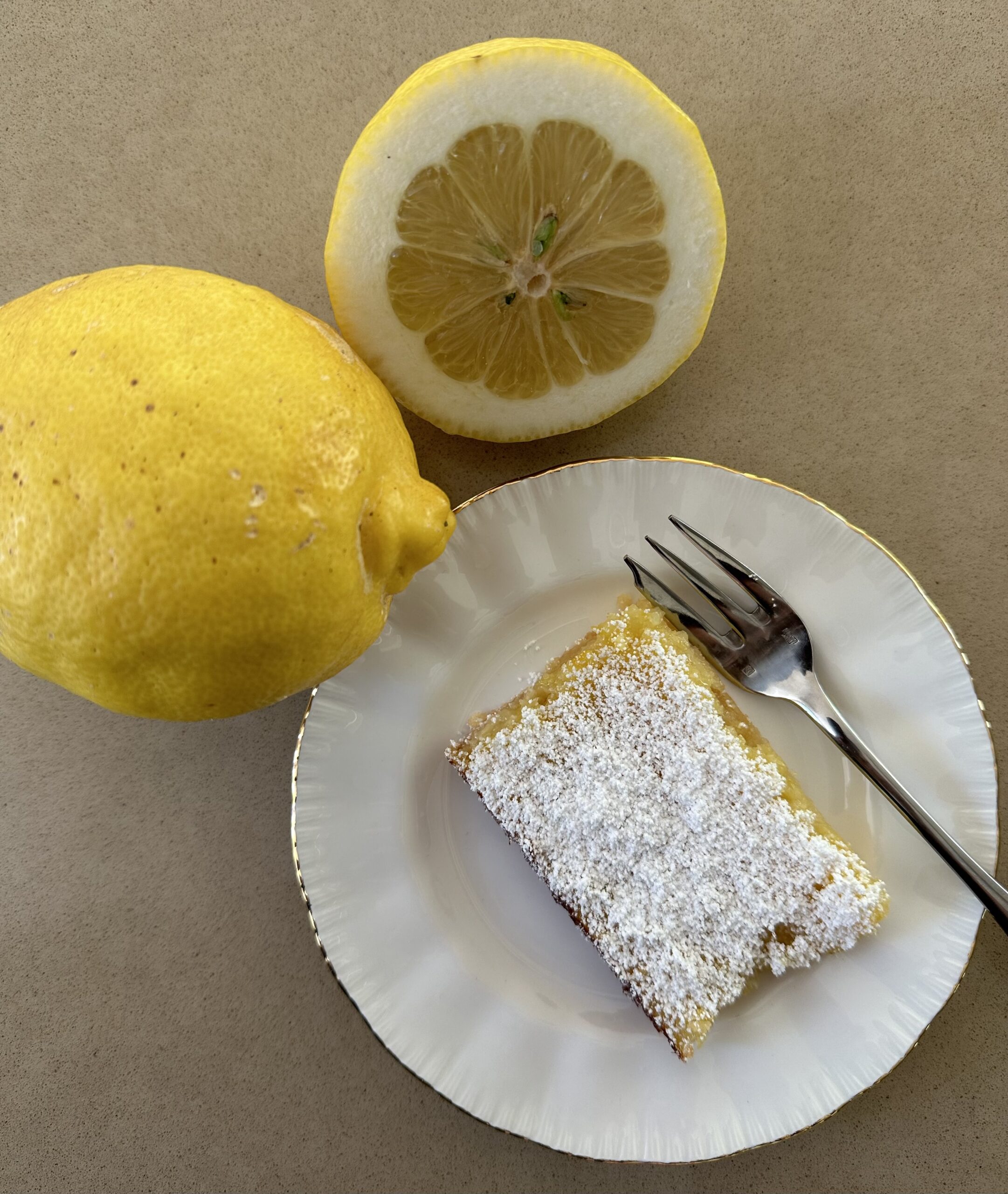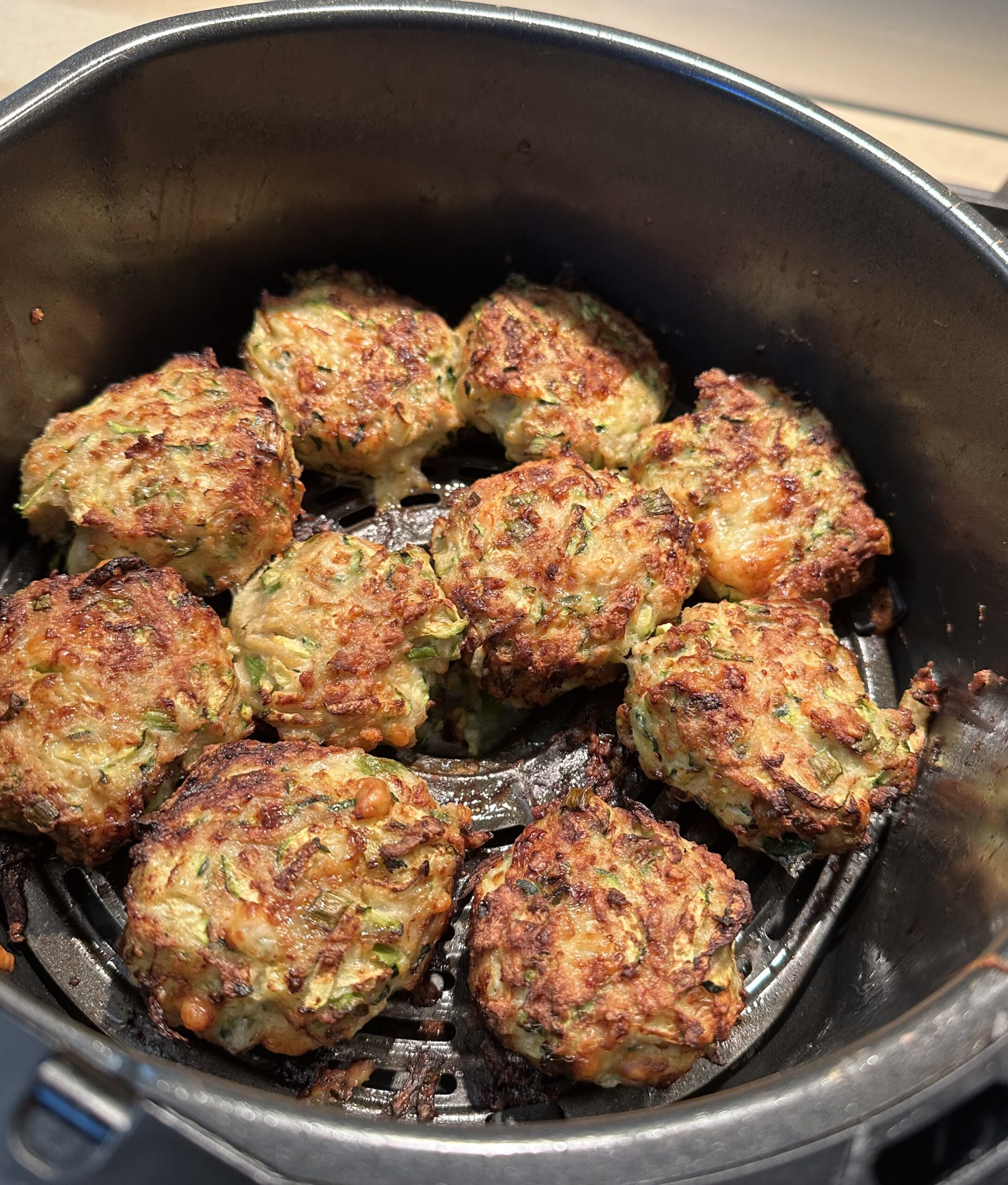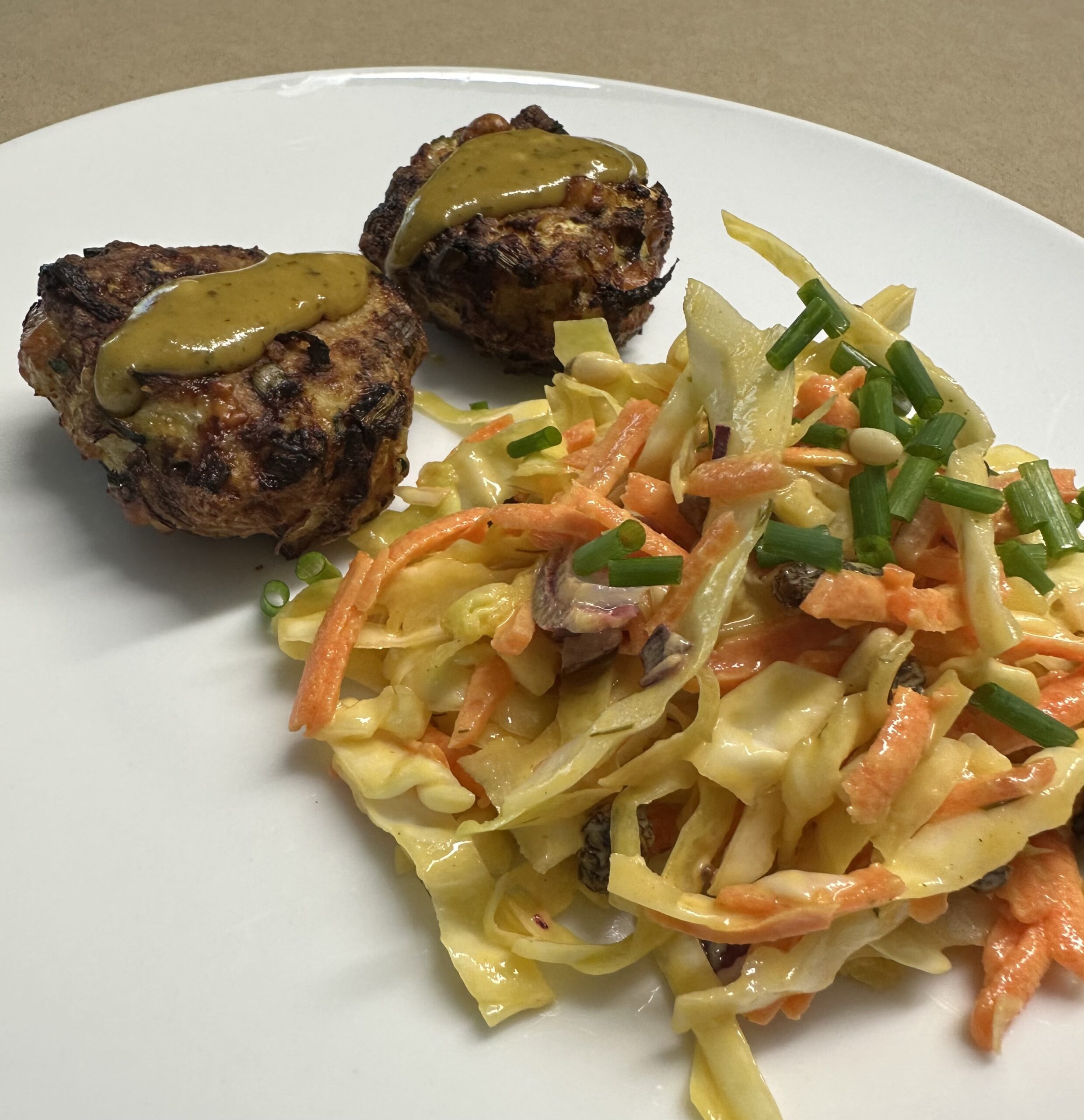Before serving, you might like to add a touch of honey and a drizzle of balsamic glaze. In the second photo I’ve added some cooked peas and crumbled feta cheese.
Let me know in the comments if this recipe convinces you to give sprouts another go!
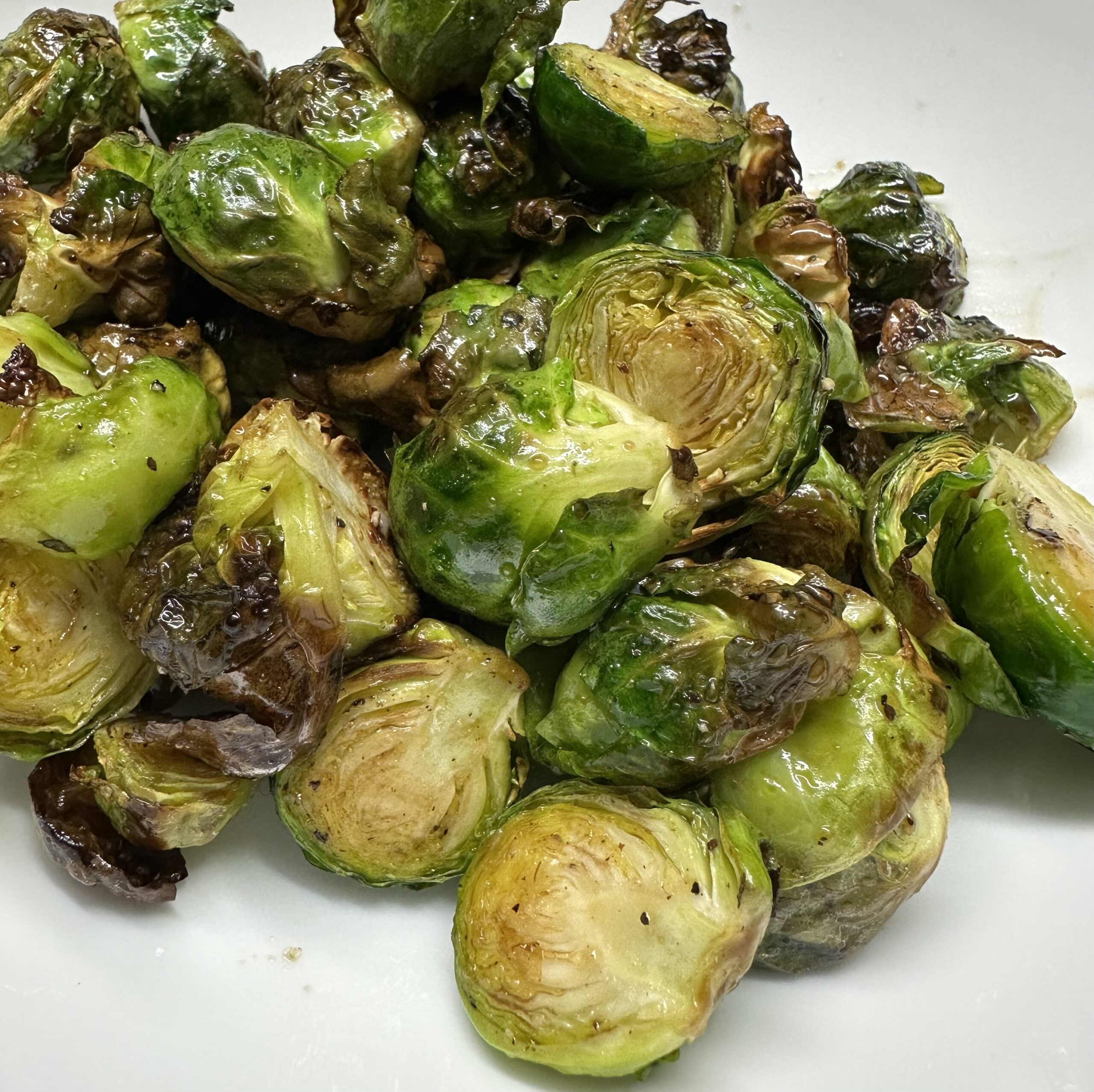
500g brussels sprouts
2 Tbs olive oil
Salt and pepper to taste
1 tsp honey
1-2 tsp balsamic glaze
1-2 cups frozen peas, cooked in boiling salted water and drained (optional)
100g feta cheese, crumbled (optional)
Preheat oven to 200°C. Trim sprouts and halve vertically. Mix with oil and seasoning. Spread out on a shallow tray lined with baking paper and roast for about 20 minutes or until al dente and starting to brown on the edges. Alternatively, cook in an air fryer for 10-15 minutes.
Drizzle with the honey and balsamic glaze. If liked, mix in the peas, top with the feta and drizzle with a little more olive oil.
Serves 4-6
